The classical ambition that had made Luis Moya a marginalised and solitary intellectual had disappeared because it was impossible, and the Chapel for the Colegio de El Pilar represents the belated search for modernity. The references, now distanced from tradition and antiquity, became different: it seems that Luis Moya turned his interest towards the organicism of Wrightianism, a modern version more to his liking both for the distance it established from the International style and for its link to the expression of the materials and the identity between form and construction. This probable affiliation, half formal and half conceptual, was completed by a kind of competition: to build in brick, in vaults, the forms in reinforced concrete slabs that had begun to be popularised by the Spanish architect Félix Candela, who had settled in Mexico. Modernity of form and traditionalism of content, even of the material itself. The taste for the expression of materials and for constructively and compositionally articulated surfaces, enhanced by textures, remained in this interpretation as in almost all his works, for this was a habit – in fact, an anti-classical one – of almost his entire career.
Desaparecida por imposible una empeñada ambición clásica que había hecho de Luis Moya un intelectual marginado y solitario, la Capilla para el Colegio de El Pilar representa la búsqueda tardía de la modernidad. Las referencias, alejadas ahora de la tradición y de la antigüedad, pasan a ser otras.Tal parece que Luis Moya volviera su interés hacia el organicismo wrightiano, versión moderna más de su agrado tanto por la lejanía que ésta establecía frente al estilo Internacional como por su ligadura a la expresión de los materiales y a la identidad entre forma y construcción. Esta probable filiación, mitad formal mitad conceptual, fue completada por una suerte de competencia: construir en ladrillo, en bóvedas tabicadas, las formas en láminas de hormigón armado que había empezado a popularizar el arquitecto español afincado en México Félix Candela. Modernidad de la forma y tradicionalismo del contenido, incluso de la propia materia. El gusto por la expresión de los materiales y por las superficies constructiva y compositivamente articuladas, valoradas por las texturas, permaneció en esta interpretación como en casi todas sus obras, pues fue ésta una costumbre -en realidad, anticlásica- de casi toda su carrera.
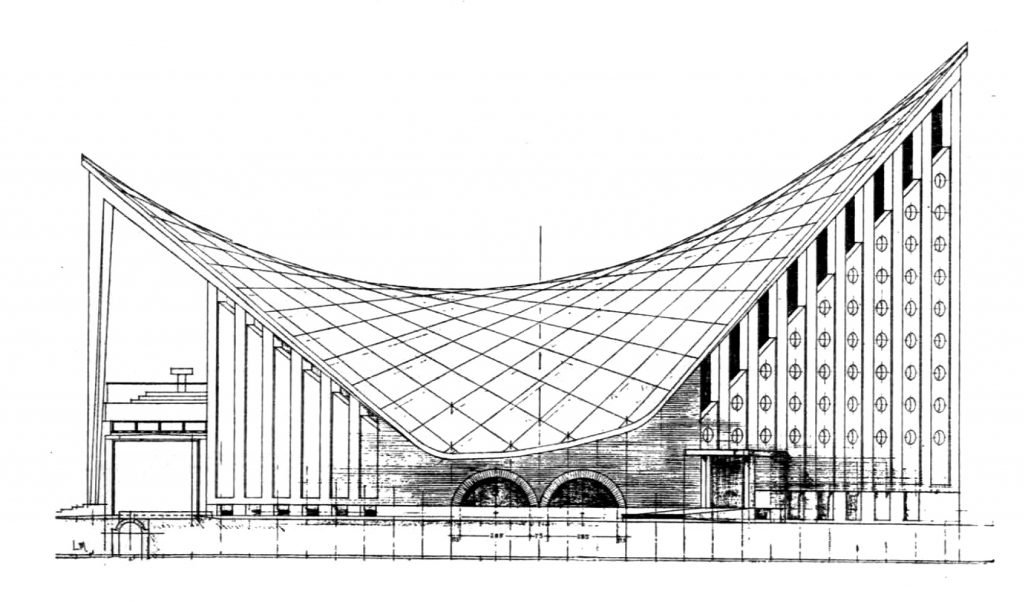
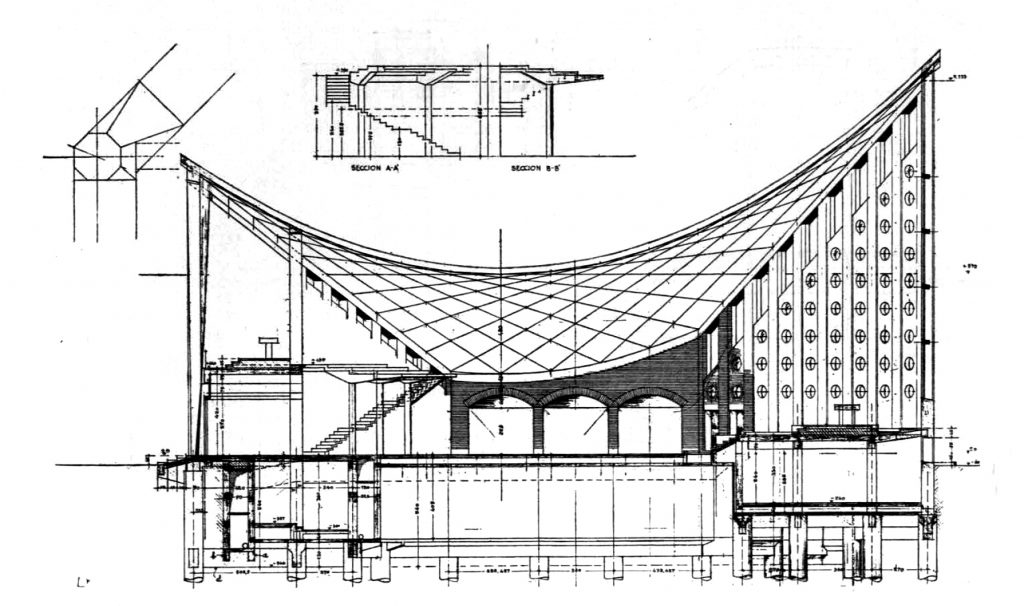

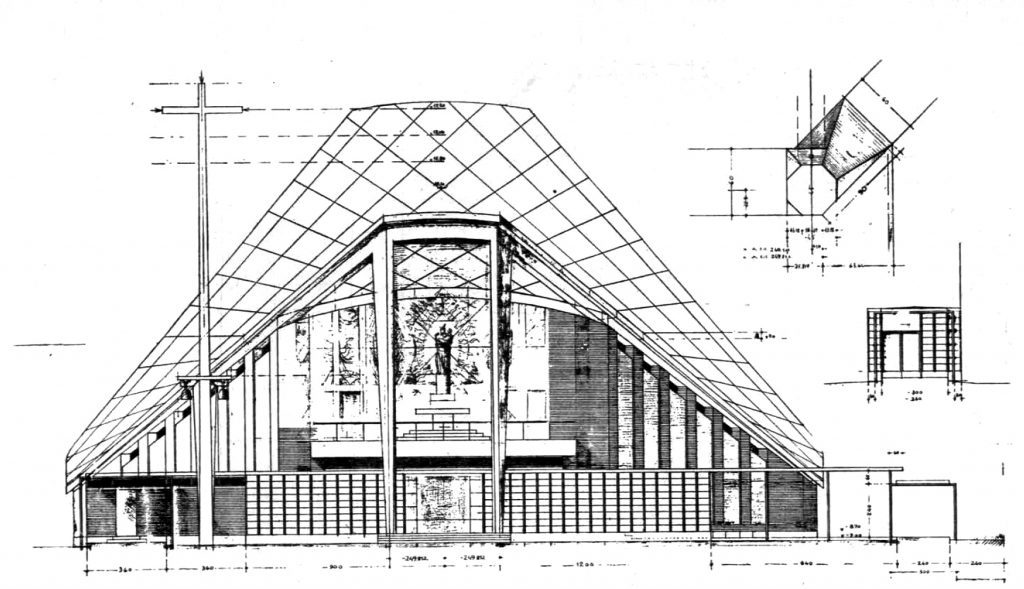
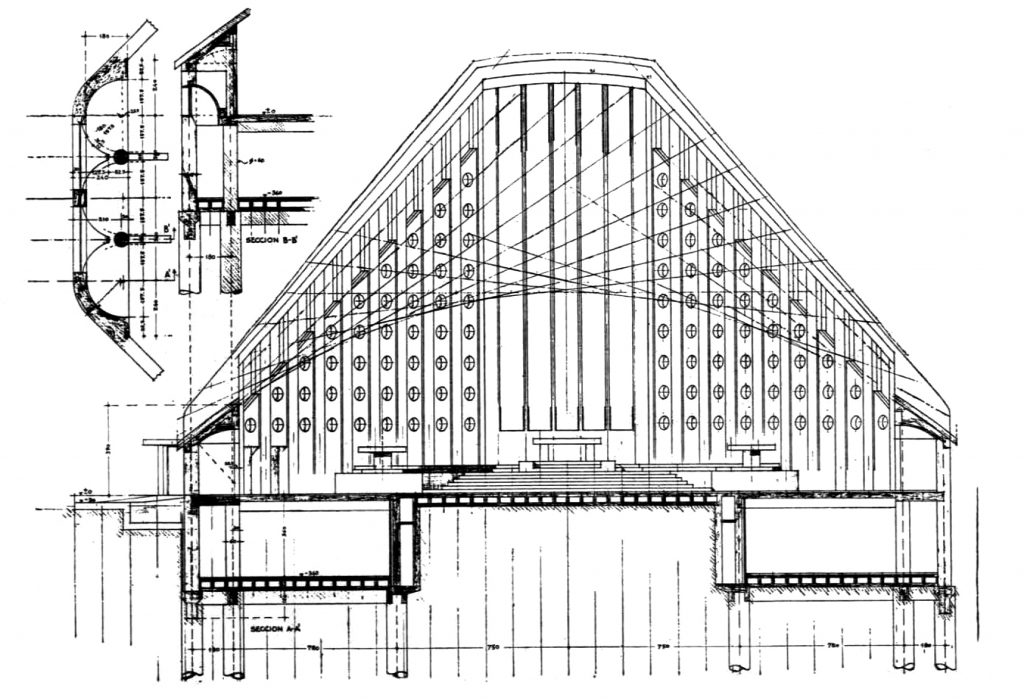

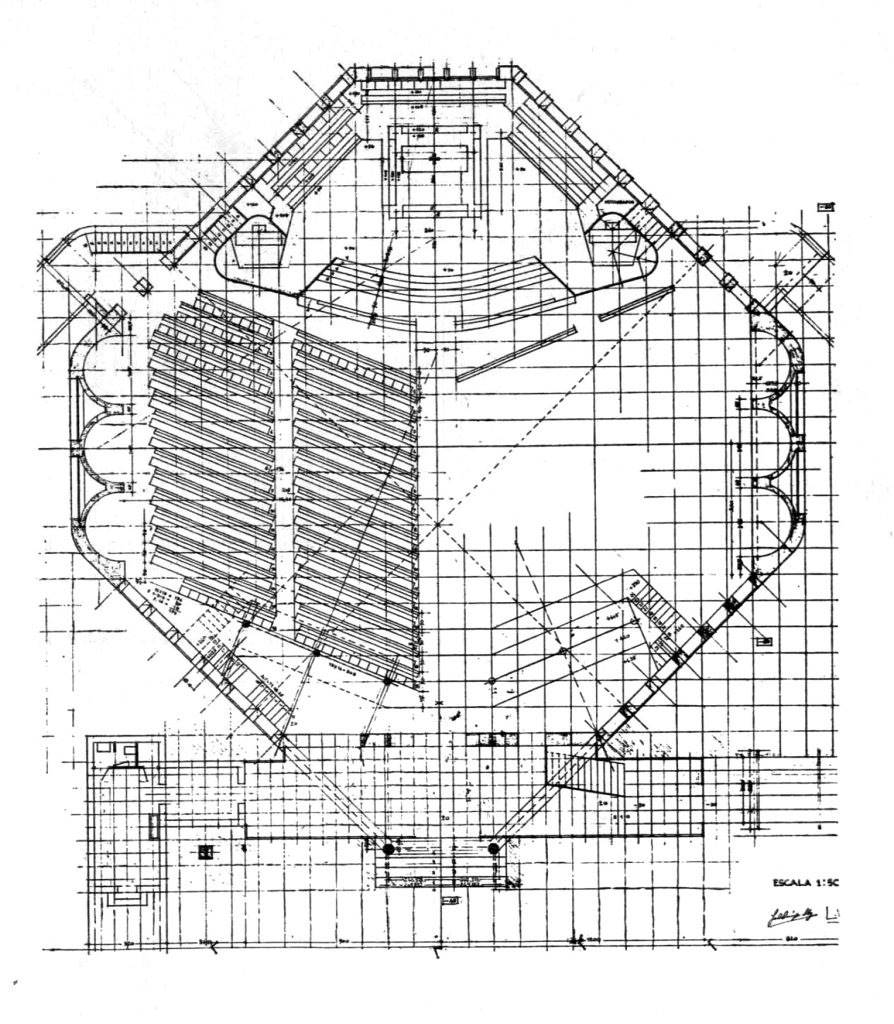
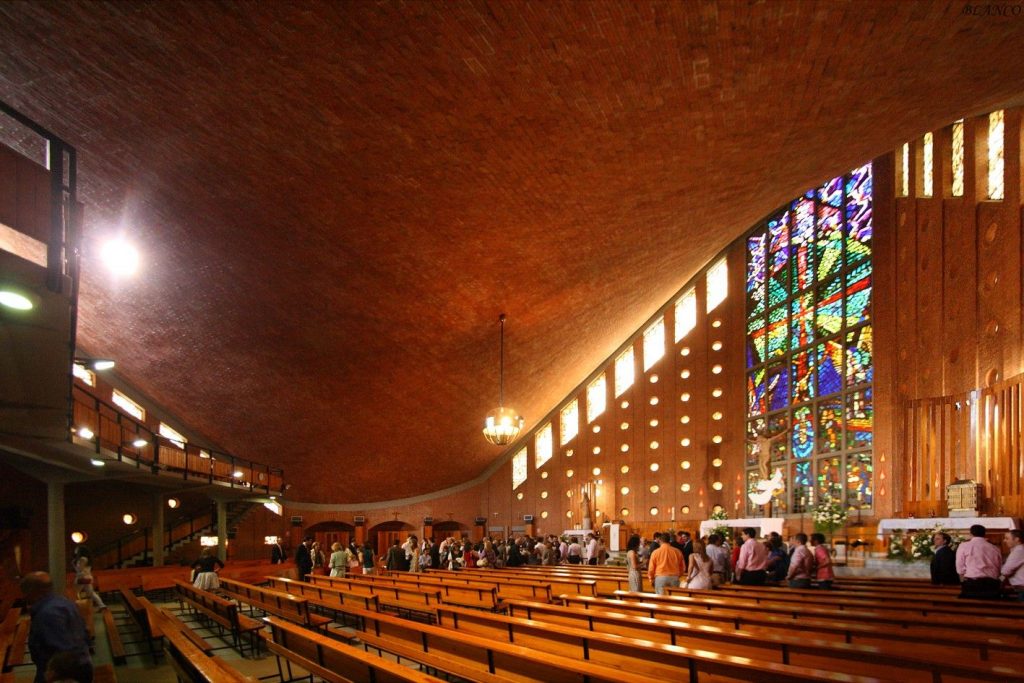
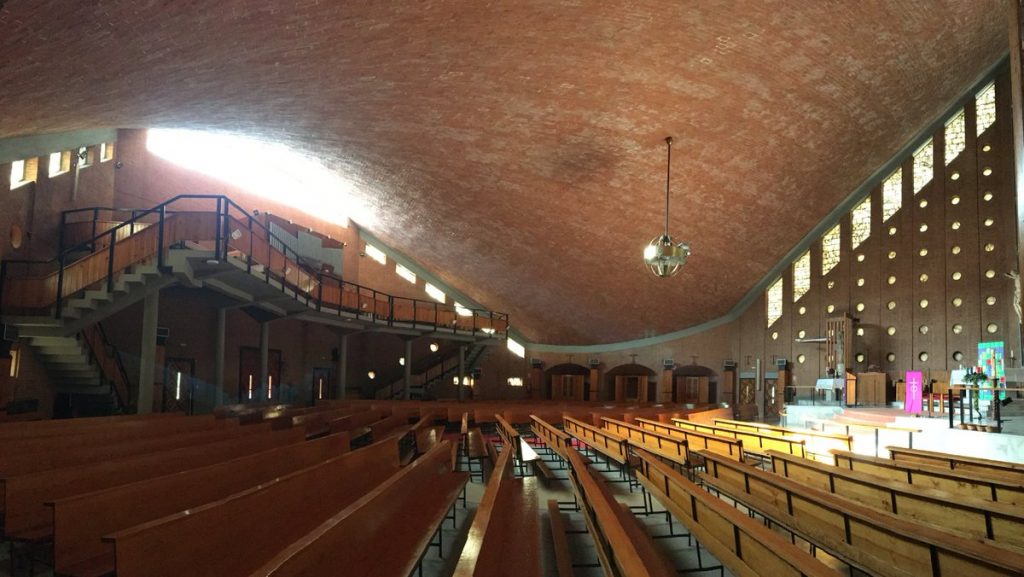

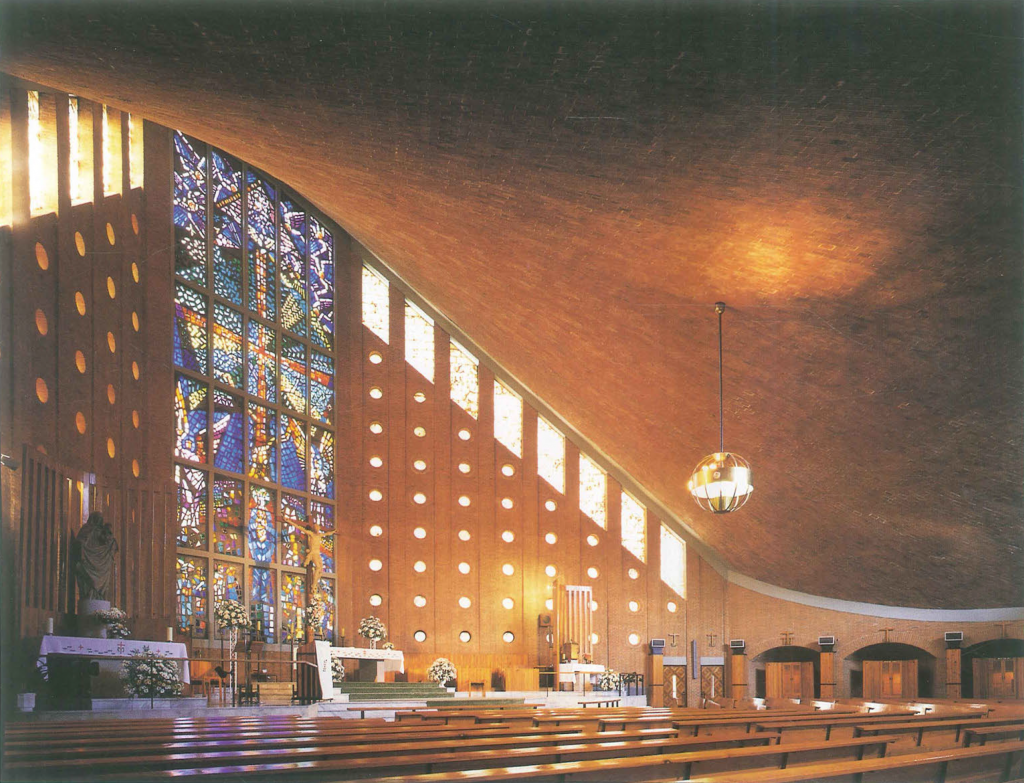
The church is central in its form, but not in its occupation, thus continuing, albeit with less intensity, the conciliation between the central space and the sacred itinerary between door and altar. But the meaning of the church changed for the Catholic Church with the provisions of the Vatican Council. It was no longer so much a matter of sacred symbolism as of spatial service to an assembly of the faithful closer to the door. to an assembly of the faithful closer to the altar and to a priest who had priest who had turned his position towards the people. the people. On the other hand, the church no longer wanted to be, at least to such an extent, a monument. at least to such an extent, a sacred monument that qualified the profane city. that qualified the profane city. The form and the form and image of the church did not need to be so singular or so or so much prominence.
La iglesia es central en su forma, aunque no en su ocupación, continuando así, aunque con menos intensidad, la conciliación entre espacio central e itinerario sagrado entre puerta y altar. Pero el sentido del templo varió para la Iglesia católica con las disposiciones del Concilio Vaticano. Ya no interesaban tanto las simbologías sagradas como el servicio espacial a una asamblea de fieles más próximos al altar y a un sacerdote que había vuelto su postura hacia el pueblo. De otro lado, la iglesia ya no quería ser, al menos en tanta medida, un monumento sagrado que cualificaba la ciudad profana. La forma y la imagen del templo no necesitaban ni tanta singularidad ni tanto protagonismo.
Text by Antón Capitel
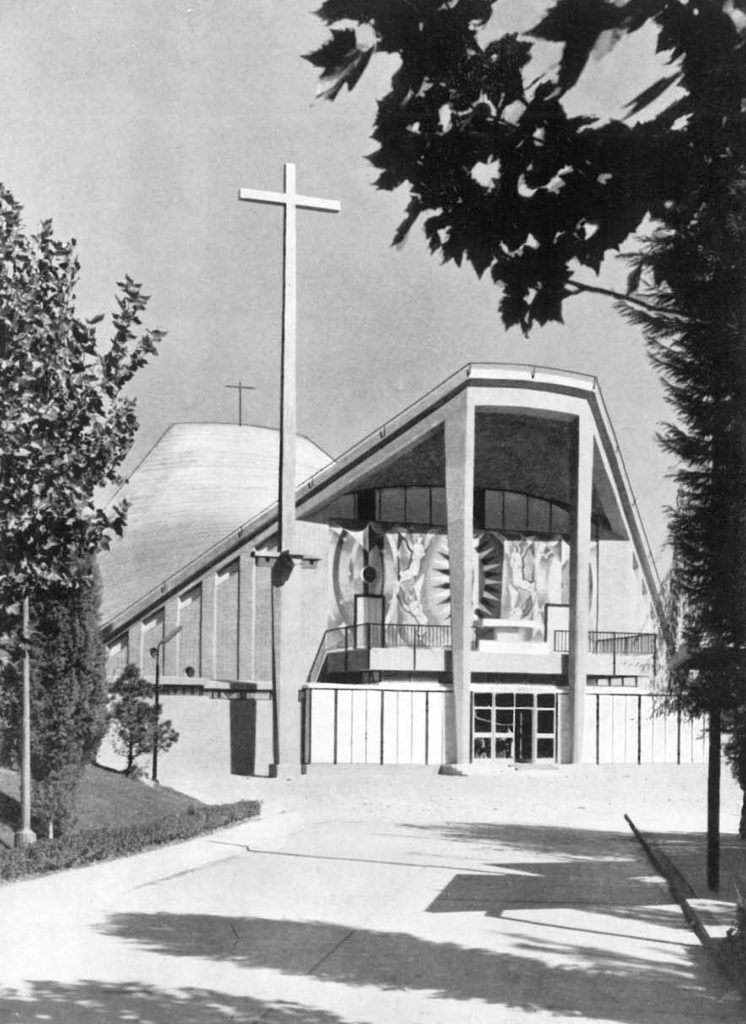





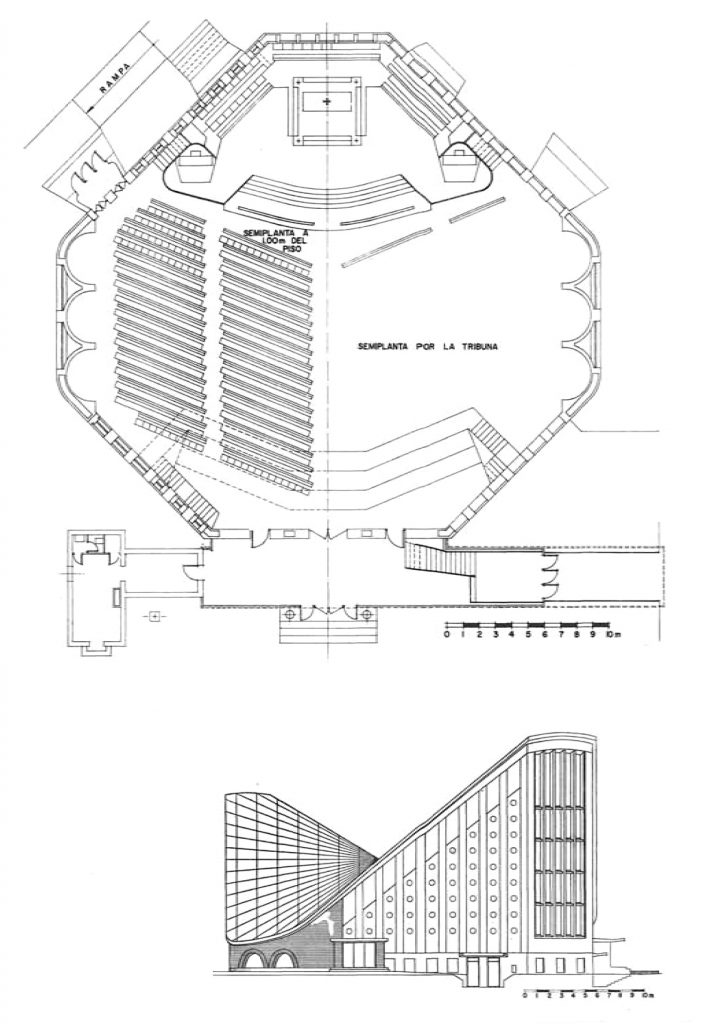
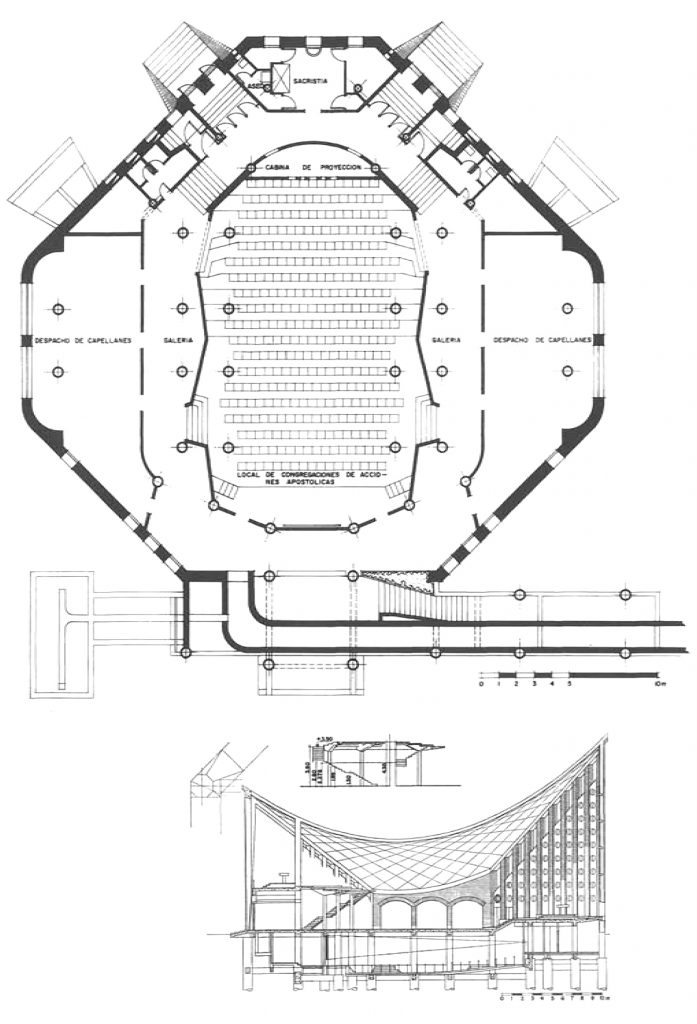
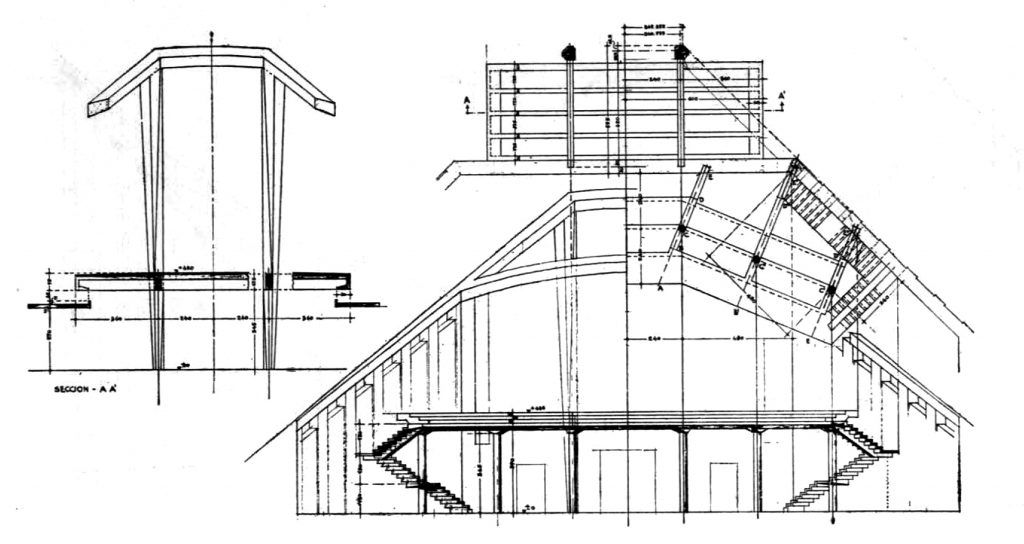
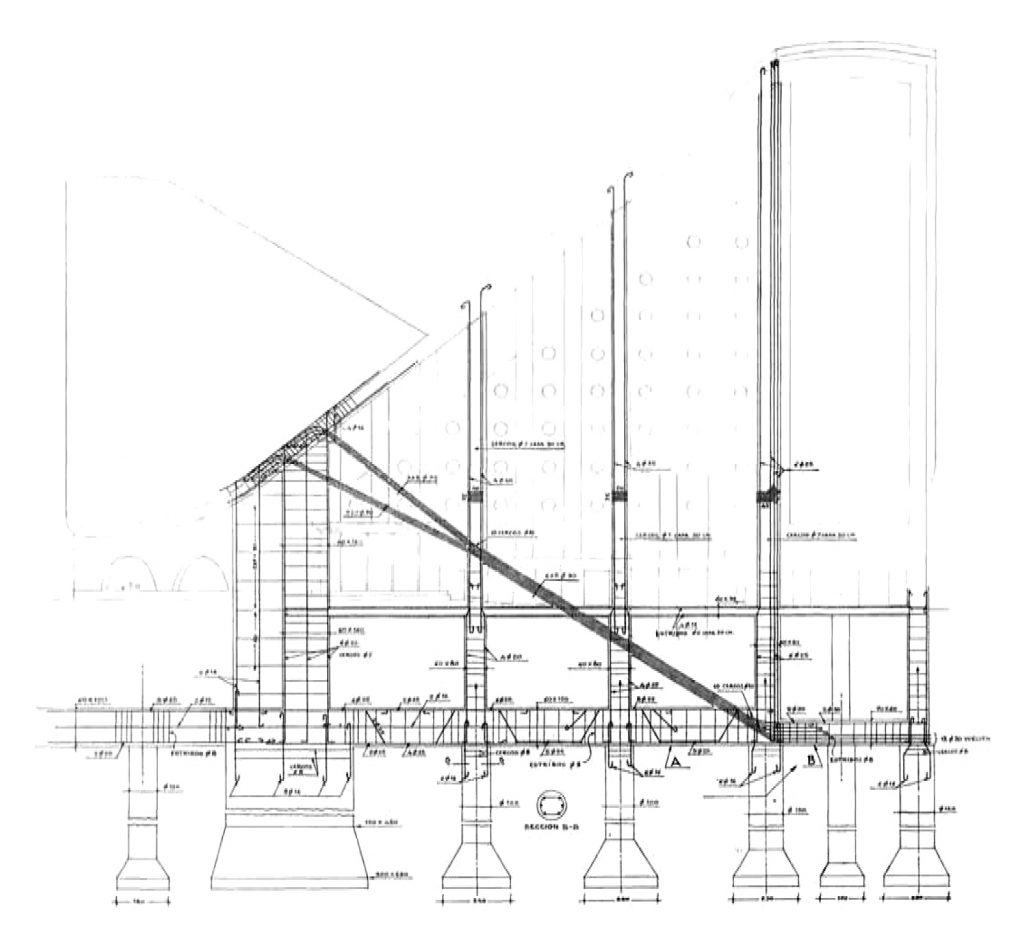

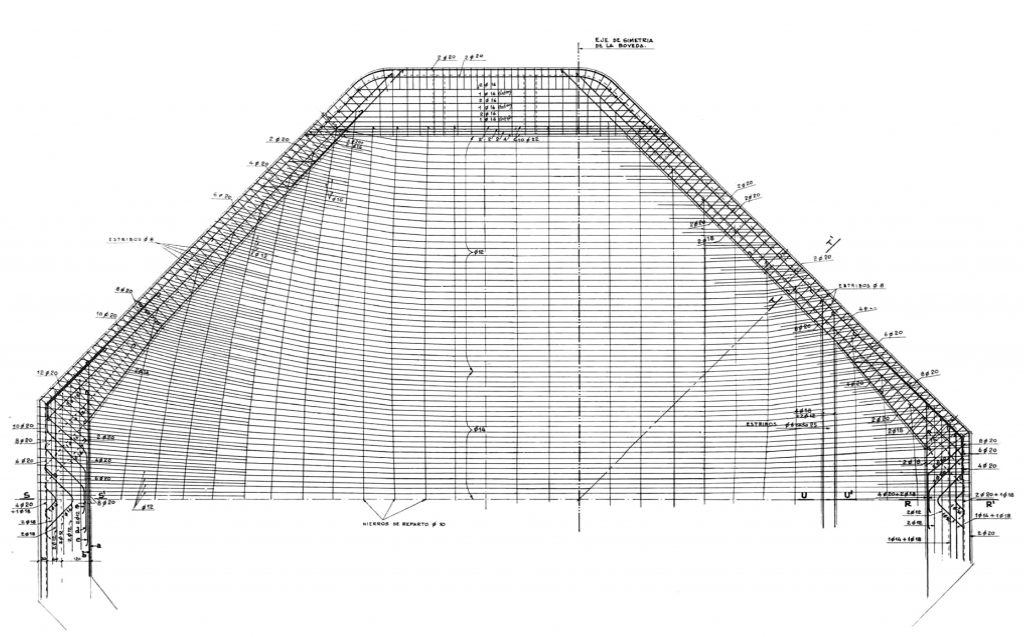
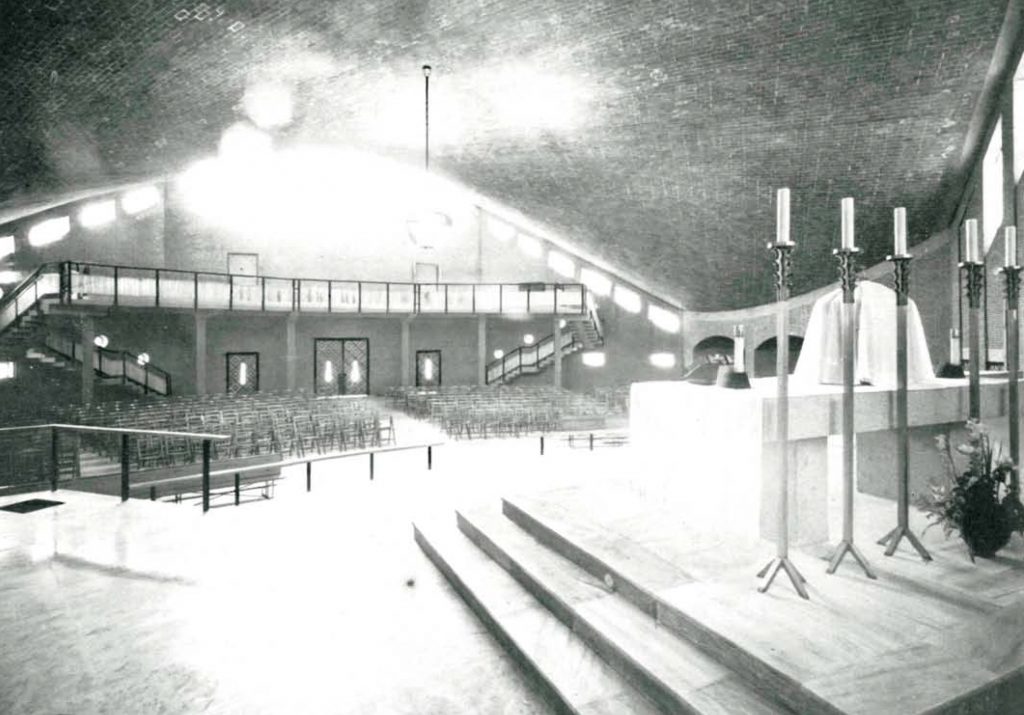

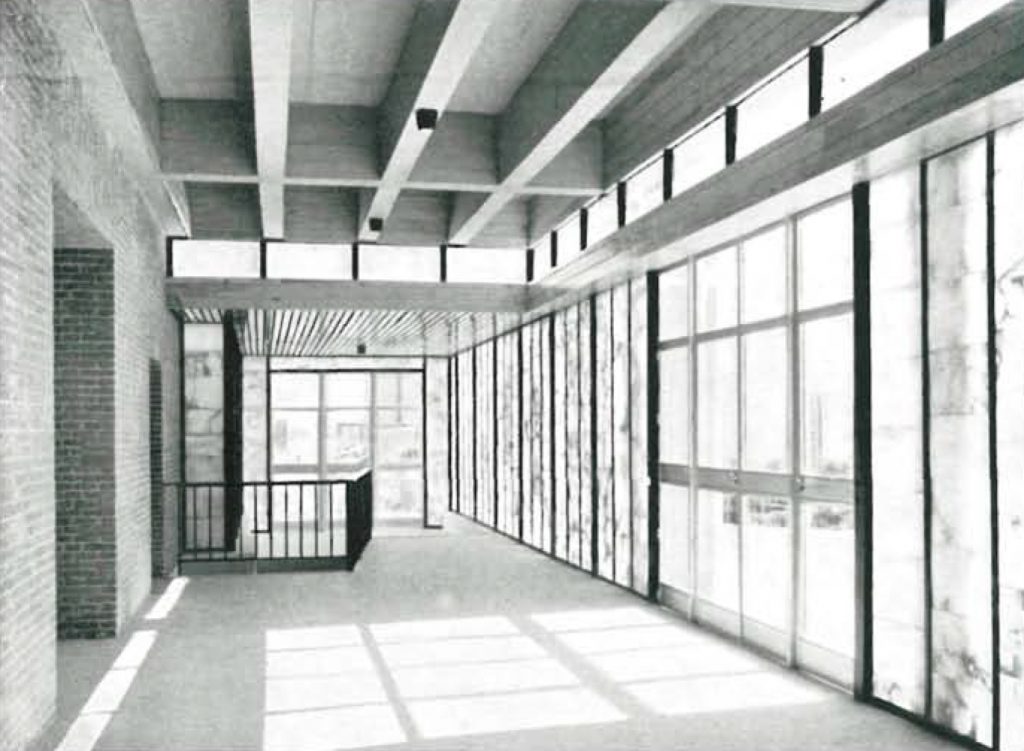
VIA:
Revista Arquitectura n°17, 1960
Informes de la Construcción n° 173, 1965
